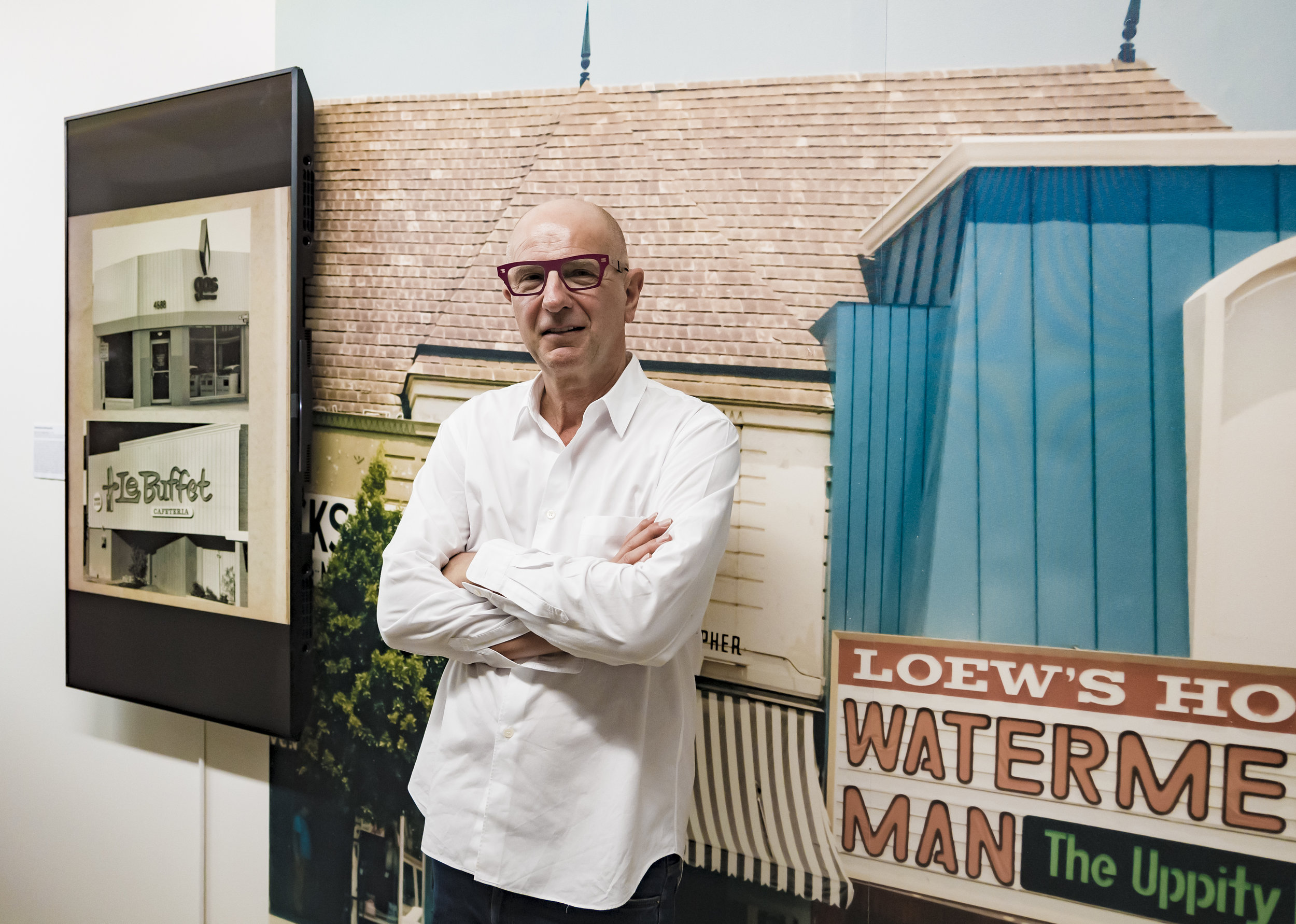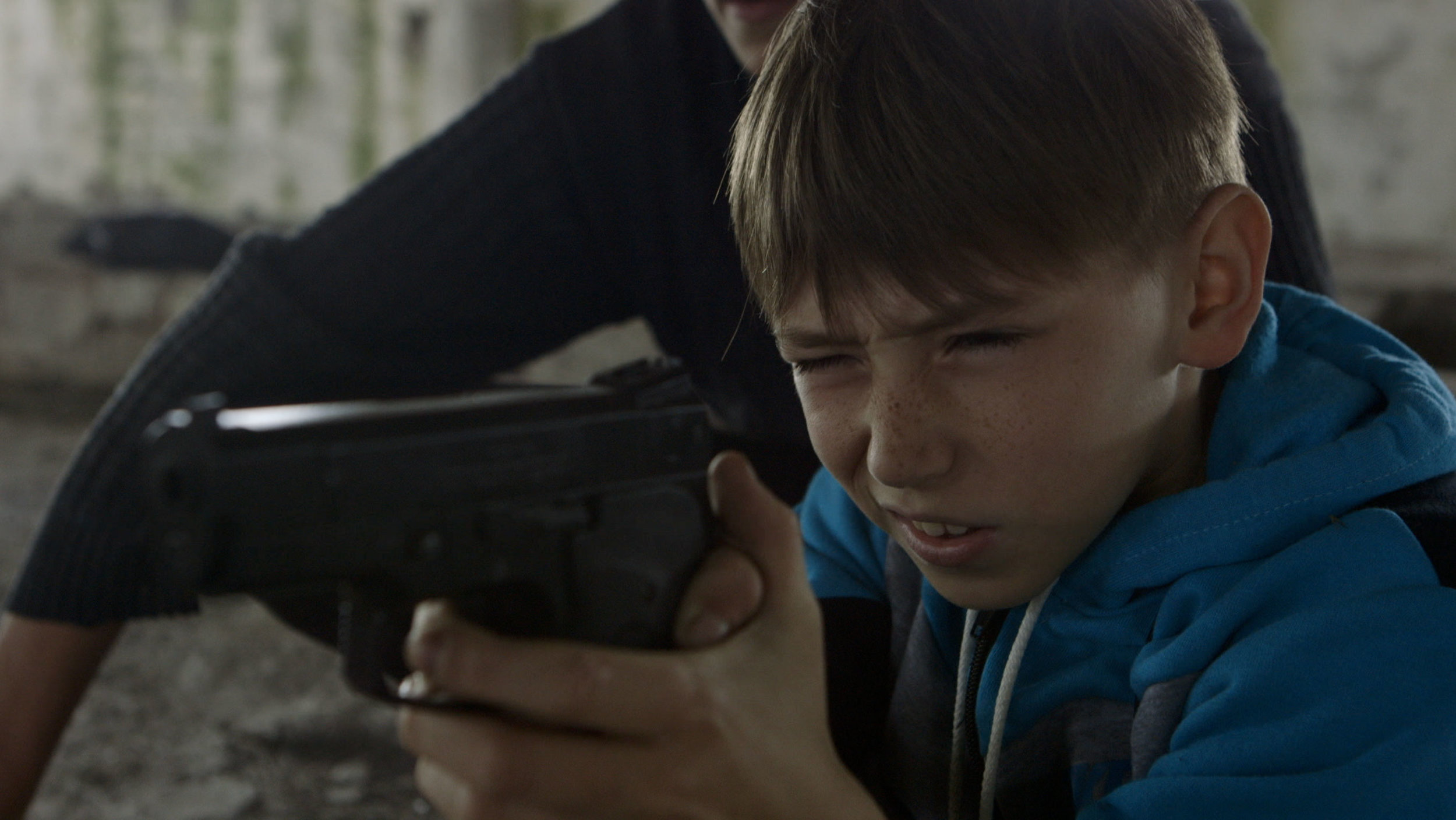Art Out: "Destruction and Transformation" at the Walther Collection
©Xinxin Zhang
The Walther Collection is pleased to present Destruction and Transformation: Vernacular Photography and the Built Environment, an exhibition that examines the decisive role of vernacular photography in capturing the convulsive cycles of change that define modernist topographies. Since the nineteenth century, engineers, city planners, architects, industrialists, and tourists have used photography to record and promote metropolitanism: a global affirmation of modern urban expansion, often at the expense of natural ecology, historic structures, or existing populations. The sixteen photographic series in this exhibition, spanning from 1876 to 2000, depict the inescapable obsolescence of urban and industrial projects, often traversing, partitioning, and exploiting the natural environment. These pictures together provide a counter-narrative to the presupposed stability of aesthetic and structural planning within modernist city spaces and architecture.
The Walther Collection Project Space
February 8 – May 25, 2019
526 West 26th Street, Suite 718 New York,
NY 10001 +1 212 352 0683 | contact@walthercollection.com
You can find out more about it here.
©Xinxin Zhang
Photographic documentation has often been crucial to establishing the progress of consumption and destruction of land and to justifying the outcomes of such efforts for a larger public—or to lamenting its effects retrospectively. This exhibition proposes two paradigmatic sites as case studies: the Appalachian coalfields, where the extraction of fossil fuels has required the reshaping of the natural landscape and the local social organization; and New York City, where an unceasing cycle of destruction and construction drives modern urban development. A small photograph album titled The Making of Lynch (1917-20), shown here as a slideshow, documents the World War I-era construction of a boomtown coal-mining operation in rural Harlan County, Kentucky, later the site of violent labor conflict in the 1930s and 1970s. Itinerant photographer Rufus Ribble’s extraordinary panoramic views from neighboring West Virginia coalfields in the 1940s and 1950s show hastily built coal towns and roughneck miners gathered before their machinery. The construction of the modern metropolis is shown in various sequences of documentary images taken in New York City, including Harvey F. Dutcher’s 1939 series showing the step-by-step destruction of the Sixth Avenue Elevated Railroad, and an unidentified photographer’s building-by-building survey from the mid-1930s showing stores along Sixth Avenue, all since demolished. Other series, such as William Christenberry’s The Underground Club (1967-2000), and the stop-action snapshots documenting the implosion of the Stowers furniture company building in San Antonio, Texas (1981) use temporal sequences to emphasize the ever-changing nature of the cityscape. These sequences demonstrate a typically modernist fascination with the meticulous recording of natural and man-made settings just prior to—or even during— their eradication.
©Xinxin Zhang
Artur Walther, Founder of The Walther Collection
©Xinxin Zhang
Assistant Curator, Felix Ho Yuen Chan, on the right, with guest (left)
The panorama is a modernist visual convention, designed to embrace individual buildings, people, and landscapes in the widest possible view. The beautiful blue cyanotype images of the construction of the famous Viaur Viaduct in southern France (1899-1902) seem to arch across space and time, recording the miraculous gorge-spanning ingenuity of modern engineering and iron bridge construction. Eadweard Muybridge’s panoramic view of San Francisco’s in 1876 may have been designed as a city promotion, but it also recorded a moment before vast population growth drastically altered the urban landscape. A century later, Ed Ruscha’s 1966 panorama of the Sunset Strip in Los Angeles, shot from his car, inventories the architecture of the iconic boulevard, playfully critiquing the direct effects of man-made transformations. On a more quotidian scale, a commemorative album of a U.S. army officer visually compiles examples of ubiquitous English signage in American-occupied Japan during the 1950s.
These diverse photographs are a synchronous marker of sequential transformation over time—a history of modernization as ritual destruction, spatial renovation, and ecological plunder. When Karl Marx wrote that “all that is solid melts into air,” he meant that under capitalism all material forms, all buildings, and all infrastructure, are constructed to be recycled ultimately, in endless cycles of profit. What has been called “creative destruction” is often remembered only in photographs such as the ones shown here, and it suggests a dynamic of modernism that tugs constantly at persistent tensions: between preservation and property rights, local ecology and global capital, provinciality and cosmopolitanism, tradition and innovation.
©Xinxin Zhang
The Walther Collection is an art foundation dedicated to the critical understanding of historical and contemporary photography and related media. Through a program of original research, in-depth collecting, scholarly publications, and extensive exhibitions, The Walther Collection aims to highlight the social uses of photography and to expand the history of the medium. At its three-building campus in Neu-Ulm, Germany, its Project Space in New York City, and with traveling installations worldwide, The Walther Collection presents thematic and monographic exhibitions drawn from its expansive holdings of modern and contemporary photography and media art from Africa, China, Japan, Europe, and the Americas, as well as vernacular lens-based imagery from across the globe. The collection’s exhibition program is complemented by public lectures and screenings, international scholarly symposia, and a critically acclaimed series of catalogues and monographs co-published by Steidl.
©Xinxin Zhang
©Xinxin Zhang
©Xinxin Zhang















